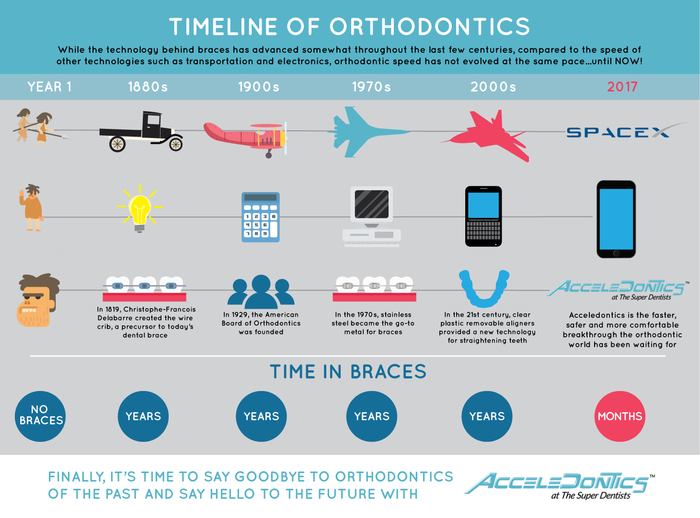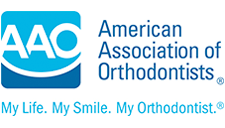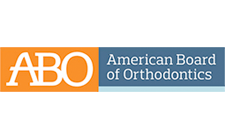A Historical Timeline of Orthodontics
This oral history isn’t spoken; it has to do with straightening teeth. The timeline of orthodontics demonstrates how people have always desired straight teeth. For the past 300 years, braces have slowly evolved but even now it can take years to fix teeth.
Of course, back in the days when it took months to travel across the country because only birds and bugs could fly, spending years in braces didn’t seem unreasonable. However, with technological advances such as space travel, personal computers and smartphones making our lives move faster, it’s hard to believe that braces haven’t kept pace.
This brief history of orthodontics shows the journey to achieve beautiful smiles with accelerated braces that are also more comfortable.
Ancient Times

While we may think straight teeth are a modern concern, the desire for a perfect smile isn’t new. Mummies and artifacts have been found showing evidence of orthodontic devices as far back as ancient Egyptian, Greek and Roman times. Wires and animal intestines were discovered in mummies’ teeth. Even Cleopatra had “braces,” which may have added to her renowned beauty. Physician Hippocrates and philosopher/scientist Aristotle described dental issues and imagined ways to straighten and fix teeth back in their day. Straight teeth were so important to the Etruscan civilization in Italy that they buried their dead wearing dental devices to ensure teeth were preserved in the afterlife. Fast-forward to the middle ages when barbers were using their sharpened knives to pull teeth along with a cut and shave. As dentistry made advances in the 18th century, people began to visit dentists to fix bad bites by moving misaligned teeth.
Bottom Line:
Time in braces = Years
Comfort level = Yikes
Acceledontics is designed to give you a healthy, straighter smile in as little as 4 months and a beautiful, whiter smile in as little as 4 minutes.
Call: (866) 8-FASTER
1700s
The 1700s was a booming time for orthodontics. In France, Pierre Fauchard, the “Father of Modern Dentistry,” was applying “braces” to straighten the upper teeth of wealthy patients. He created a horseshoe-shaped iron device, called a bandeau, to expand the arch. In 1754, Louis Bourdet, the French King’s dentist, perfected the bandeau and began extracting teeth as a treatment for preventing overcrowding.
Bottom Line:
Time in braces = Years
Comfort level = Agonizing
1800s
The 1800s brought many orthodontic advances. In 1819, Christophe-Francois Delabarre created the wire crib, a precursor to today’s dental brace. J. S. Gunnel invented a type of headgear device for moving teeth from the outside in 1822. The first dental college in the world opened in Baltimore, Maryland in 1840. The Baltimore College of Dental Surgery originated the Doctor of Dental Surgery, or DDS degree. Chapin A. Harris published, The Dental Art, which discussed using bands for tooth rotation. In the middle 1800s, after Charles Goodyear invented rubber, American dentist E. G. Tucker was the first to use rubber bands in orthodontics. At the end of the 1800s, Eugene S. Talbot began using X-rays to find impacted teeth that could be removed to prevent overcrowding.
Bottom Line:
Time in braces = Years
Comfort level = Excruciating
1900s
By the 1900s dentists were using metal bands, rubber bands, X-rays and impressions in their orthodontic practice to straighten teeth. In the early 1900s, American dentist, Edward Angle created a system for classifying misaligned teeth along with the term malocclusion. His contributions earned him the moniker, “Father of Modern Orthodontics,” and his classification system is still used today. The first half of the 20th century was unregulated regarding materials used for braces. While dentists preferred working with gold for it’s flexible properties, it was expensive. Silver wasn’t as easy to work with as gold, but was much better than ivory and wood, which were also used for orthodontics. Stainless steel was available in the 1950s but was considered a controversial choice for braces until it gained acceptance in the 1970s. While the term “braces” was coined in the early 1900s, technological advances and the refined techniques continue to redefine braces. Even though braces took years to fix teeth, during this time it took months to travel across the ocean, weeks to receive a letter and a day to wash and dry clothes, so people were accepting of this inconvenience.
Bottom Line:
Time in braces = Years
Comfort level = Severe
1970s
Major breakthroughs in orthodontics began in the 1970s. Instead of wrapping each tooth with a metal band as had been done previously, adhesives were discovered to bond brackets onto the teeth. Stainless steel became the go-to metal, which was an improvement for dentists due to the flexibility, and for patients due to the affordability. Hidden or lingual braces made their debut in this decade, when dentists attached the brackets on the tongue side of the teeth, or lingual side. It still took years for orthodontics to correct misaligned teeth but people became accepting that braces were a necessity and there weren’t many options.
Bottom Line:
Time in braces = Years
Comfort level = Painful
2000s
In the 21st century, self-ligating, or self-adjusting, braces became popular for eliminating the need for rubber/elastic bands or metal ties. Touted for reducing discomfort and the overall time needed to straighten teeth, self-adjusting braces also alleviated some of the aesthetic concerns patients had when wearing braces. The advent of clear plastic removable aligners provided a new technology for straightening teeth. While braces have advanced in the last century, compared to other technologies such as cell phones and computers, orthodontics have not evolved at the same pace. During this time, people became more expectant that the orthodontic experience should be comfortable and convenient.
Bottom Line:
Time in braces = Years
Comfort level = Uncomfortable
2017
After treating more than 20,000 patients and seeing more adults interested in the benefits of braces, The Super Dentists orthodontists in San Diego have perfected a revolutionary system to correct teeth in a fraction of the time of traditional braces. Acceledontics is the faster, safer and more comfortable breakthrough the orthodontic world has been waiting for. This exclusive five-step process uses proprietary AADvance Braces, AADvance Auxiliary Devices and AADvance Whitening to give patients straight teeth and a bright smile. Acceledontics delivers a picture-perfect smile in as little as four months and four minutes.
Say goodbye to orthodontics of the past and say hello to the future with Acceledontics. Call 866-8-FASTER (866-832-7837) to book a free consultation and get started today.
Bottom Line:
Time in braces = Only months!
Comfort level = Finally!








